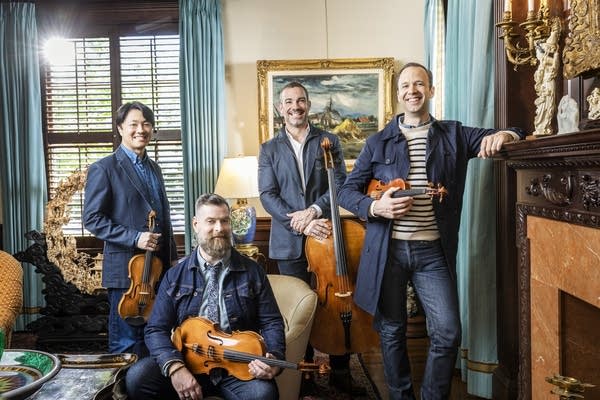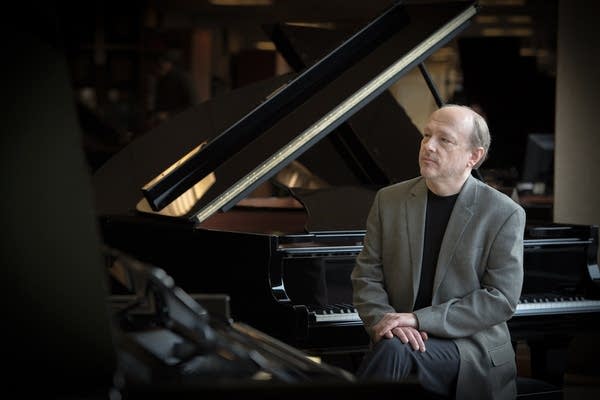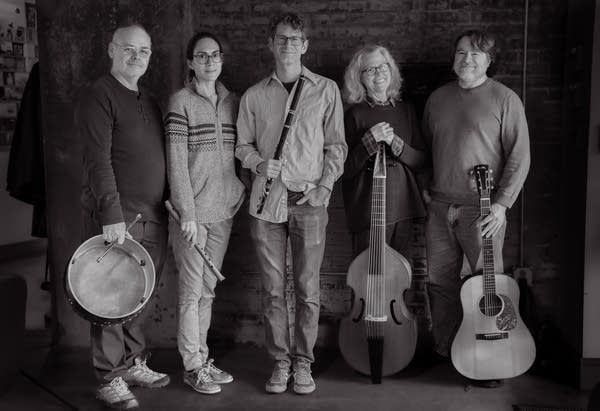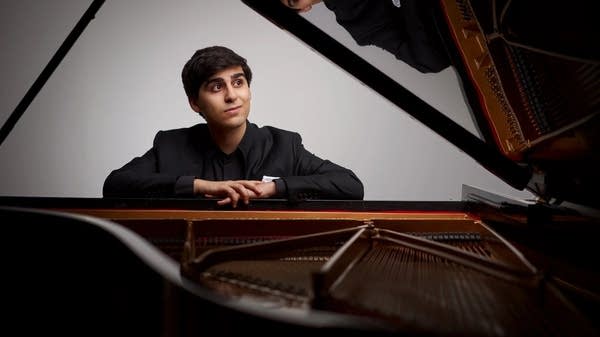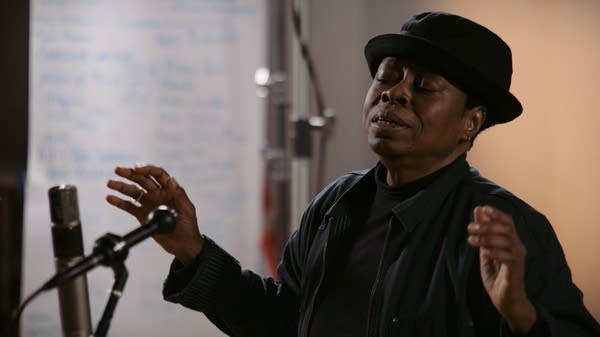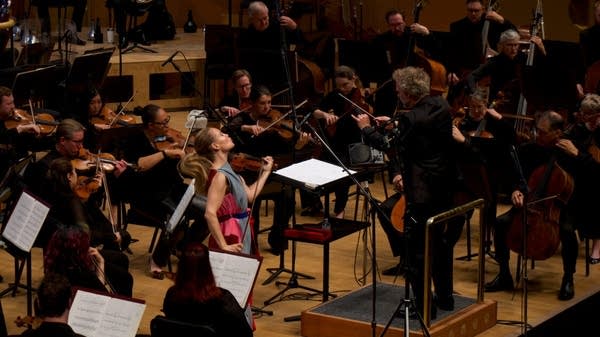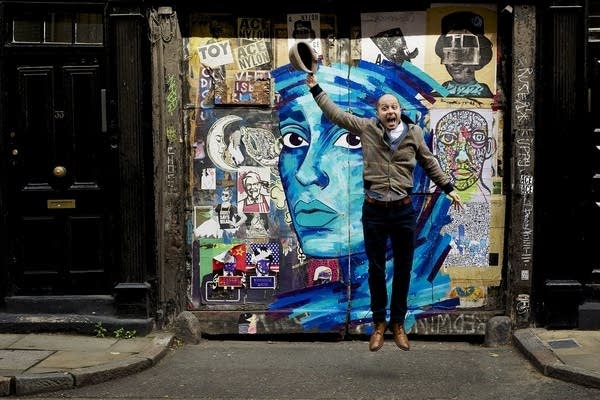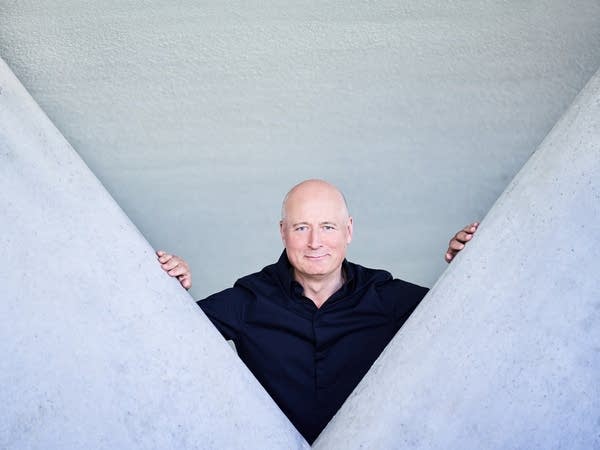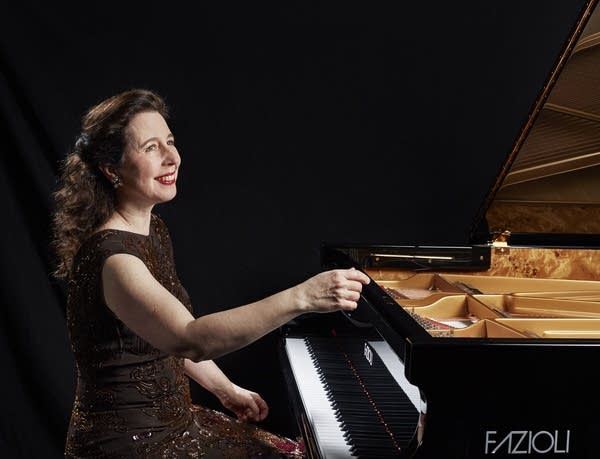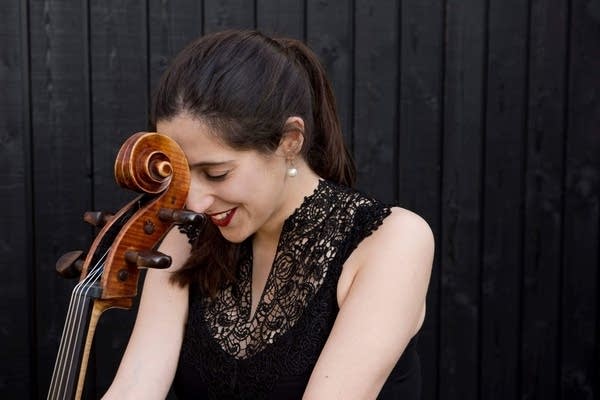
The name Bach means "brook" but a more apt translation is "wellspring." There's not a composer or classical performer who hasn't drawn from the wellspring. And in Murray Perahia's case, those waters were literally healing.
In the first half of his career, Perahia played and recorded everything. Mendelssohn, Brahms, Liszt, Mozart, Bartok, and lots of Chopin. And then something happened. A papercut that wouldn't heal became a debilitating injury that left him unable to play.
Perahia said, "The doctors were giving me very bad news. I went to quite a few who said there was no hope, but I didn't want to believe that. I couldn't. At the time the only thing that gave me some solace and some kind of purpose in life was Bach."
Eventually, surgery and physical therapy enabled him to start playing again. During the time he was sidelined, he wasn't playing Bach, mind you, but he was studying it. Listening to it. Reading it, the way you and I might tuck into a thick volume of Jane Austen.
Not surprisingly, he returned with a fresh affinity for the music of Bach. He said that his non-playing study gave him an entirely different perspective on the music. "You get to the essence of what music is about. ... A chance to study this without technical preoccupations, without worrying about your fourth finger or your fifth finger or whatever, it's a very important opportunity because it gets you into the composer's shoes."
This new CD set includes the Bach recordings Perahia made both before and after his injury.
We're so familiar with the idea of Bach as a man of the keyboard - the organ, the harpsichord...that it would be natural to assume that his keyboard concertos were created for a keyboard instrument.
Natural, but incorrect. Most of them were arrangements of concertos Bach had written for violin or oboe.
For example, the Keyboard Concerto No. 3 was originally a violin concerto. I'd be hard-pressed to say which sounds more "authentic." Bach's reworkings never sound strained or wrong-voiced. Neither do the originals seem like sketches or first drafts.
Consider the seminal Preludes and Fugues by Bach. Complete and perfect in themselves. How do they fare in a Bach re-imagining?
The theme in the opening movement of the Triple Concerto is based on the prelude from a prelude and fugue by Bach. The theme in the finale is based on the fugue from that prelude and fugue. (The middle movement was basically lifted completely from an earlier trio sonata.)
Murray Perahia has explored this Bach from the inside out, saying that it took him years to find his voice with Bach, his particular way of embodying Bach. One key, he says, is to play freely, but not romantically. What does that mean? The picture I get in my head, not surprisingly, brings us back to Bach the brook. Imagine how the water in the brook dances, burbles and sings. There's plenty of music out there that swells and overflows its banks, but Bach controls the flow while still letting it dance.
It's inspirational to listen to the works of the master composer, in the hands of a master. There's an element of the miraculous to these recordings, not so much in terms of the therapeutic properties of music, but more in how flawless these performances are. As heartening as the story of Perahia's comeback from his injury is, the real story is how you forget all about any of that, the second he begins to play.
Many performers, including Perahia, have likened the music of Bach to meditation. There is a discipline at the heart of it, but with continued practice, one transcends the discipline and breaks through into what can only be described as joy.
Love the music?
Show your support by making a gift to YourClassical.
Each day, we’re here for you with thoughtful streams that set the tone for your day – not to mention the stories and programs that inspire you to new discovery and help you explore the music you love.
YourClassical is available for free, because we are listener-supported public media. Take a moment to make your gift today.
Your Donation
About New Classical Tracks®
Host Julie Amacher provides an in-depth exploration of a new classical music release each week.
Subscribe on Apple Podcasts, TuneIn, Radio Public, or RSS.


